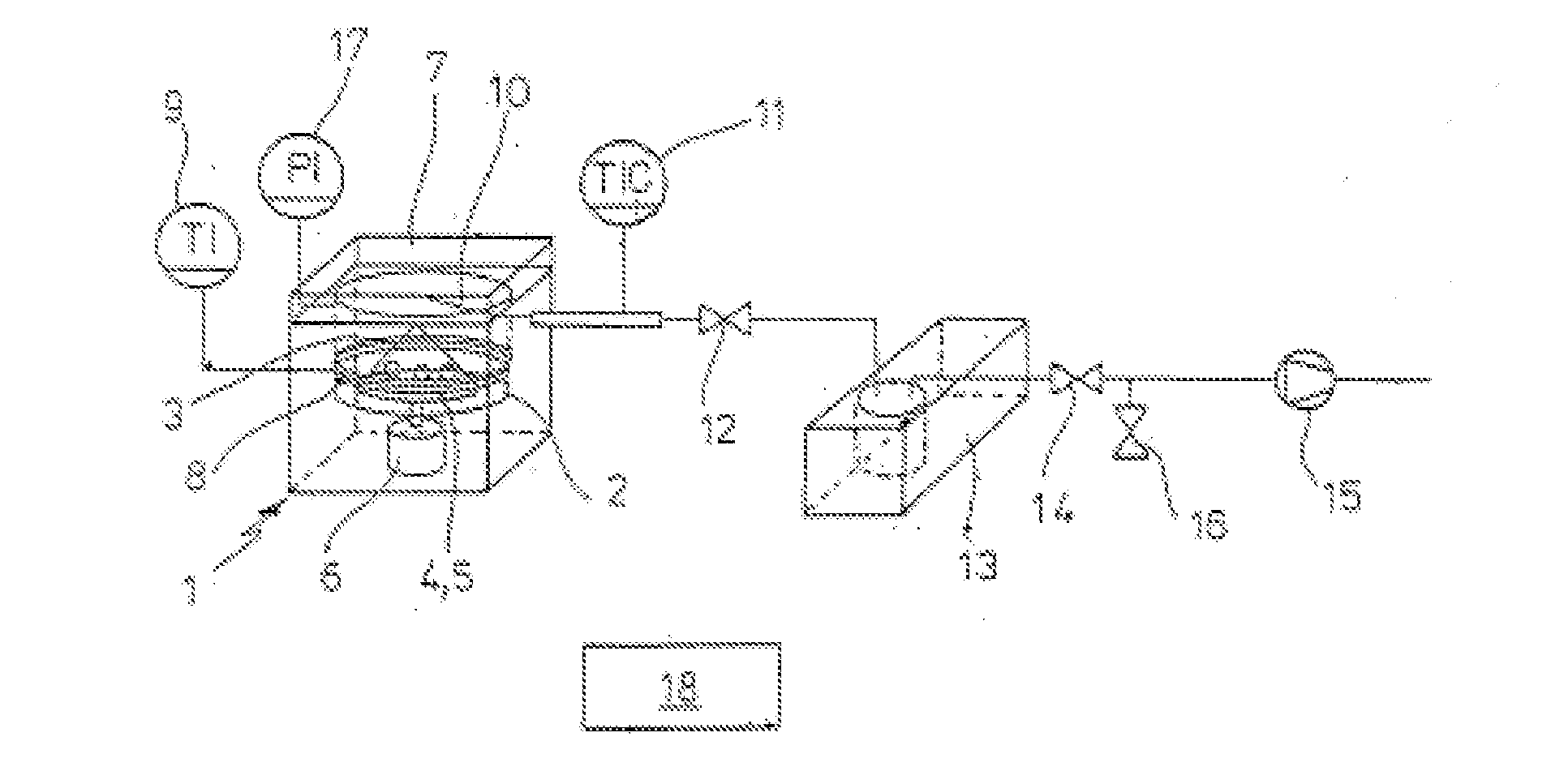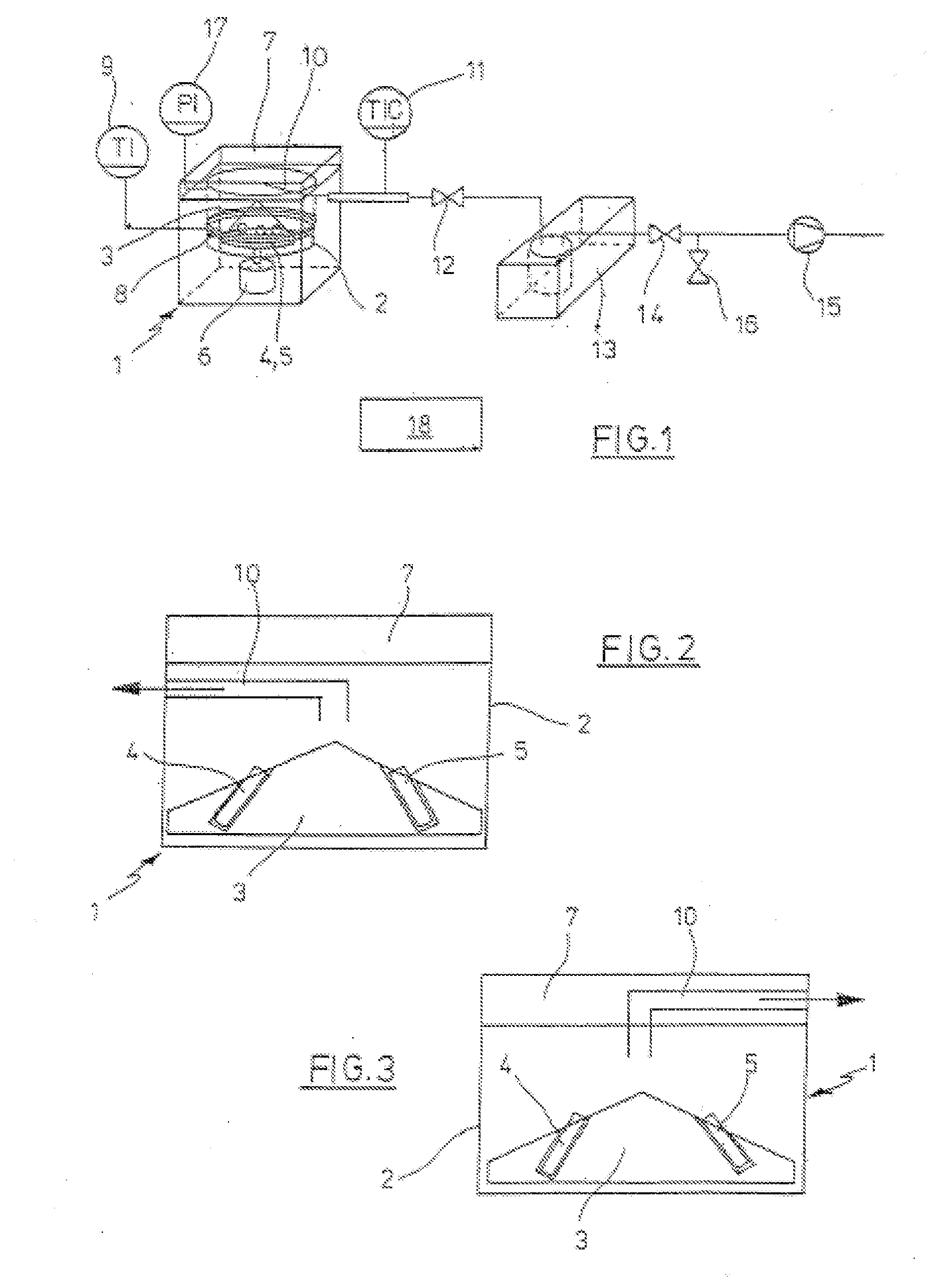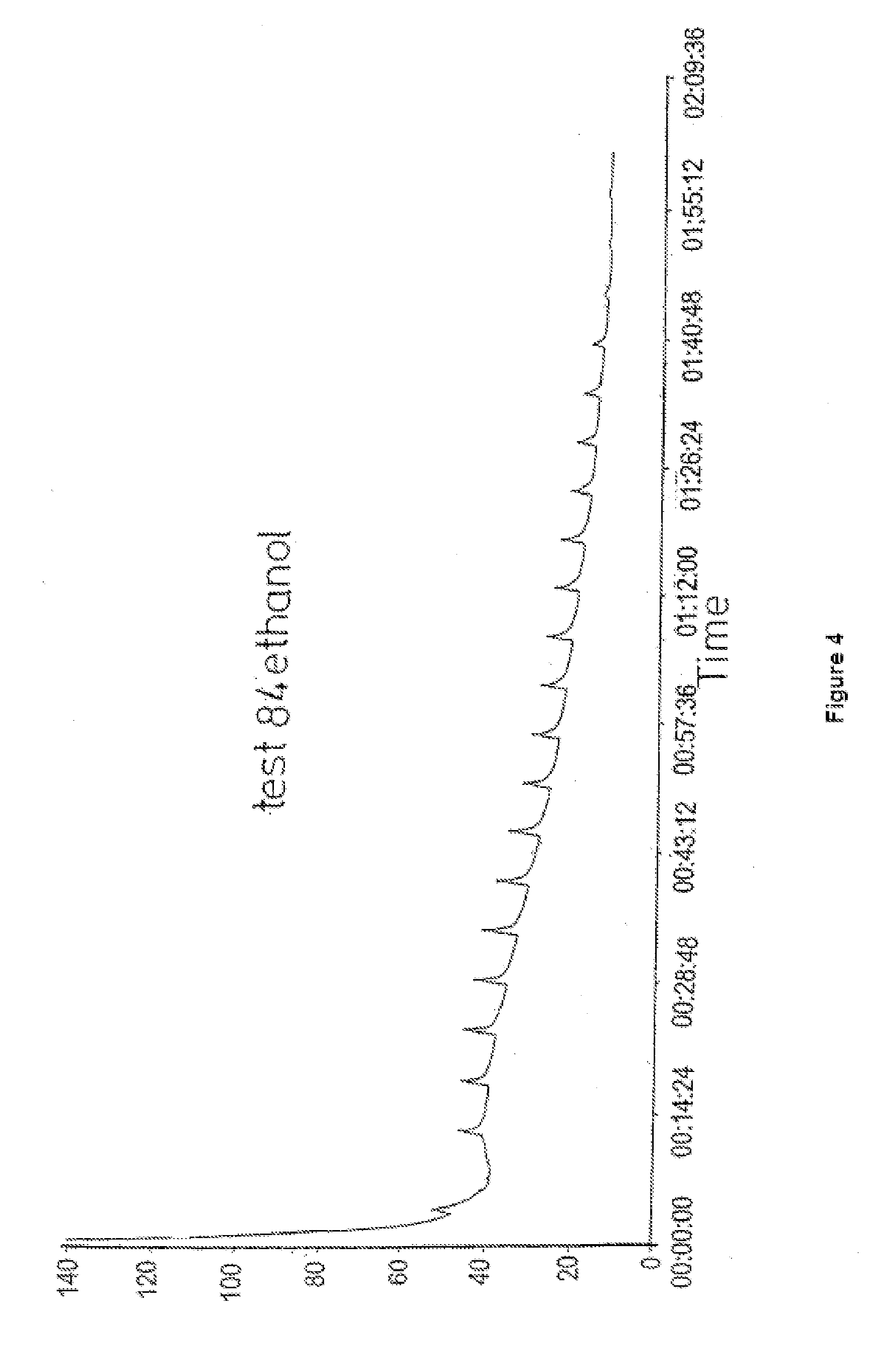Method for vacuum concentration
a vacuum concentration and concentrator technology, applied in the direction of centrifuges, evaporator regulation/control, instruments, etc., can solve the problems of sample overheating, sample not being dried for a long time, and considerable portions of residual liquid remain in the sample, etc., to achieve convenient suction, improve vacuum concentration efficiency, and monitor sample temperature accurately
- Summary
- Abstract
- Description
- Claims
- Application Information
AI Technical Summary
Benefits of technology
Problems solved by technology
Method used
Image
Examples
Embodiment Construction
[0033]While this invention may be embodied in many different forms, there are described in detail herein a specific preferred embodiment of the invention. This description is an exemplification of the principles of the invention and is not intended to limit the invention to the particular embodiment illustrated
[0034]According to FIG. 1, the vacuum concentrator comprises a housing 1, with a vacuum chamber 2, in which a centrifuge rotor 3 is arranged with a plurality of receivers 4 for sample vessels 5. Outside the vacuum chamber 2 a drive unit 6 (for example with an electrical drive motor) for driving the centrifuge rotor 3 is arranged in the housing 1.
[0035]The vacuum chamber 2 is sealed at the top by a closure in the form of a sealing cover 7, which may be folded back.
[0036]A heating device 8 is associated with the vacuum chamber 2, and which comprises electrical resistance wires, which surround the vacuum chamber 2. A temperature sensor 9 for measuring the temperature of the heati...
PUM
 Login to View More
Login to View More Abstract
Description
Claims
Application Information
 Login to View More
Login to View More - R&D
- Intellectual Property
- Life Sciences
- Materials
- Tech Scout
- Unparalleled Data Quality
- Higher Quality Content
- 60% Fewer Hallucinations
Browse by: Latest US Patents, China's latest patents, Technical Efficacy Thesaurus, Application Domain, Technology Topic, Popular Technical Reports.
© 2025 PatSnap. All rights reserved.Legal|Privacy policy|Modern Slavery Act Transparency Statement|Sitemap|About US| Contact US: help@patsnap.com



